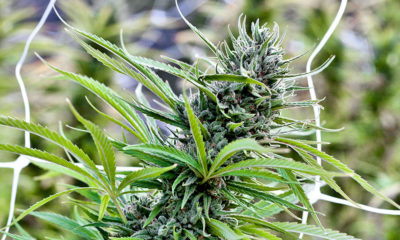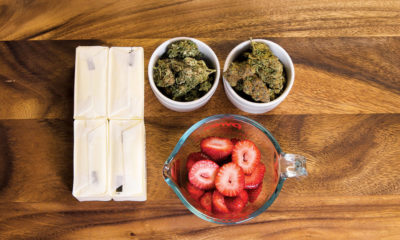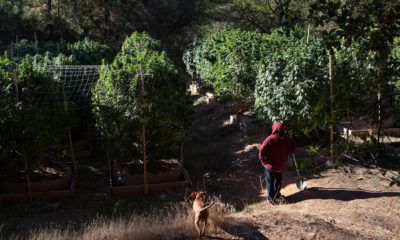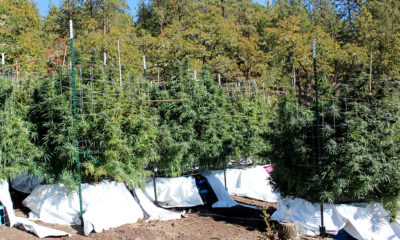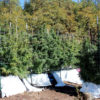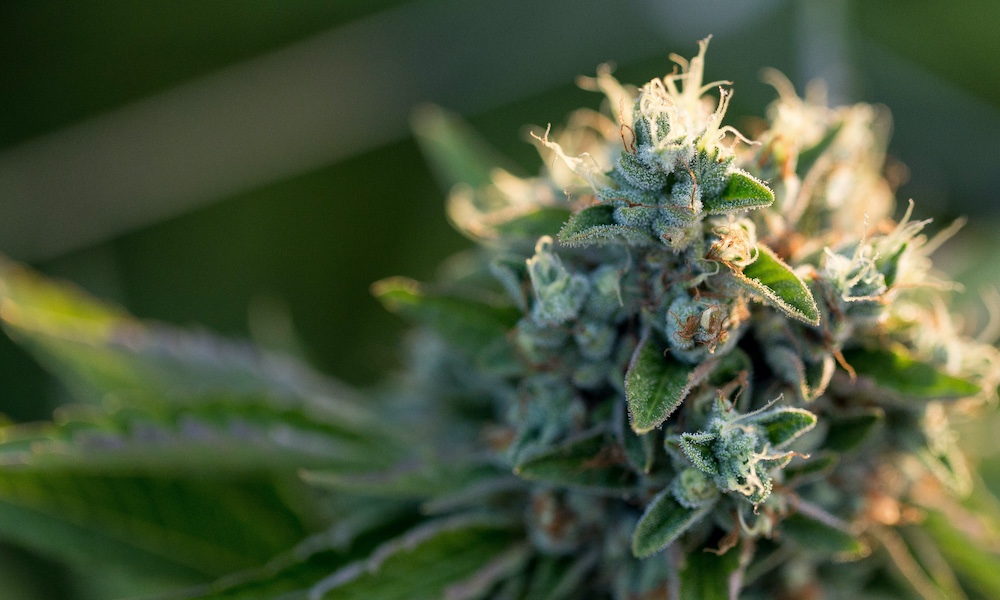
Cultivation
The Cannabis Now Guide to Buying Clean Cannabis
From the sight, smell and taste through to up-close inspection for pests and mold, follow this guide when you’re buying clean cannabis for medical patients.
People who grow cannabis for the sick perform a truly sacred act. Anyone who goes through the time, the effort, and the risk of growing medicinal-grade cannabis should be celebrated and respected. Vendors should be treated with the utmost respect. There should be a separate vendor waiting area as well as more than one trained dedicated buyer, if possible, to help guide them through the steps of buying clean cannabis.
First, visually examine the cannabis. What color is it? Bright green usually indicates that the flowers are not cured. As cannabis cures, the greens darken and more orange, red, and yellow colors appear, blue and purple also.
After the initial visual inspection, smell the flowers. Give the bag a gentle squeeze and allow the aroma to waft over you. A wide variety of smells from lemon pine sol to earthy musk could be present. Fresh berries, grass and leather cannabis express at least as many olfactory notes as wine.
After visual and nasal inspection, gently break open a bud or two, or maybe three. You are looking for evidence of mold. At its earliest stages, it will appear as a brown streaking on the stem. As it advances, white, grey, or brown webbing will begin to grow. The most common form is botrytis, or gray mold, although it can appear in the aforementioned colors. Also examine the surface leaf area that remains on the bud for signs of powdery mildew (PM). It will express itself as white downy spots or chunks on the leaf. It looks quite similar to chalk or paint lightly speckled on the leaf. The use of a 3x light and a 30x microscope will aid in determining whether cannabis flowers are clean.
When looking for mold, one should also be looking for little critters, bugs that is. A variety of nasty pests can be present on cannabis flowers. Spider mites are perhaps the most common. Look for small black or brown spots through a microscope, as they might be invisible to the naked eye. Under magnification, the little nasties appear as spider-like horrors. Combusting cannabis with these present can result in a very unappetizing snap and crackle in your pot. Other commonly seen pests include thrips, gnats, and the occasional caterpillar. Again, rigorous examination with at least a 30x microscope is essential.
After flowers or concentrates pass our initial inspection procedure, they are then lab tested. THC, CBD, and CBN are all tested for using the GCMS method. Pathogenic molds are also tested for including aspergillus and aurobasidium. The presence of pathogenic molds has potentially fatal consequences, particularly for someone with a compromised immune system. Testing also allows us to give vendors feedback on the cleanliness and potency of their medicine.
Another commonly seen mistake is heat stress. Heat stressed cannabis will generally be orange, with most if not all of the exterior trichomes burned away. THC is concentrated in the trichome glands, so when they are burned off, a good portion of the THC is gone. Above 80 degrees most indicas start to suffer, whereas sativas can take a little more heat due to their being from more temperate climates.
Correct temperature, adequate ventilation, proper flushing and heat stress are other major factors. The final common problem is inadequate flushing. Hydro systems should be flushed periodically during the flowering cycle, and then at the end for at least 7-10 days. Many professionals like to use a flushing solution and/or a carbohydrate/sugar solution to help wash salts and heavy hydro fertilizers away. Flushing for soil is basically the same. When cannabis is properly flushed, it will burn with a clean white ash. Improperly flushed medicine will produce a gray to black ash, and a joint may go out frequently; while a correctly flushed joint will burn for several minutes even without drawing on it, similar to a fine cigar.
Teaching the vendors on how to improve their medicine is one component of successfully buying clean cannabis. Educating medicinal growers about keeping rooms clean and free of contaminants is an important and often overlooked part of buying. During the initial inspection, the buyer should pull several different flowers out of the bag and break them open looking for the presence of mold or powdery mildew. Often larger buds will harbor mold that is not seen on the surface or in smaller flowers. After the laboratory tests, grind a small amount of cannabis and smell it afterward. Does it smell like chemicals, or do you detect individual terpenes? Terpenes are the compounds that form all of the incredible varieties of aromas that cannabis exhibits.
The next step is to vaporize the sample. Hopefully, this is the most enjoyable part of the process. Does the cannabis taste harsh or burnt? That will usually be the result of poor flushing. Cannabis flowers, especially if grown hydroponically, need 7-14 days of flushing. Organic hydro will be on the closer end of the time, regular chemical fertilizer longer. The vaporized sample should have a variety of different pleasant tastes; from lemon pledge to pine or mango, cannabis terpenes create hundreds of different flavor profiles, at least as complex as wine. When buying clean cannabis, one is most interested in how the flavors are expressed. Basically, do you taste chemicals, or do you taste terpenes? Another indication of incorrect flushing is a tickle or harshness at the back of the throat. Correctly flushed cannabis will be exceptionally smooth and tasty, often tickling nasal passages upon exhalation. Chem Dawg, OG Kush, and Sour Diesel strains often have this effect.
The last part of the process is evaluating your subjective experience. Do you feel up? Relaxed? Everyone’s experience is different, but there seem to be basic trends with indicas being associated with more “body” or sedative effects, and with sativas having a racier edge to them. For some, this will be completely the opposite. Ultimately, individual preferences will also play a large role in determining which cannabis to purchase, but if the above guidelines are followed, a patient can be assured of buying clean cannabis that’s up to standard.
TELL US, what do you look for when you’re buying cannabis?







